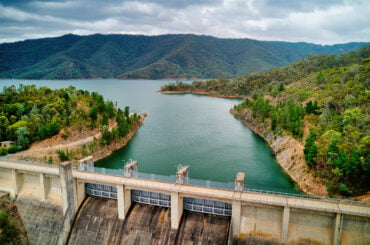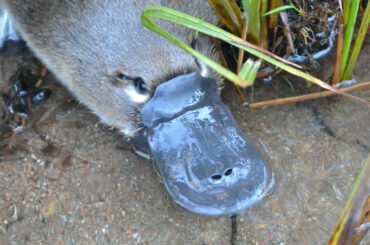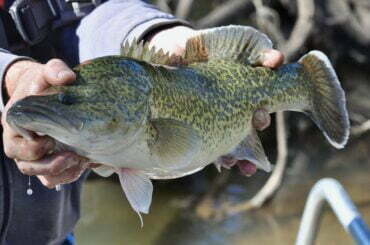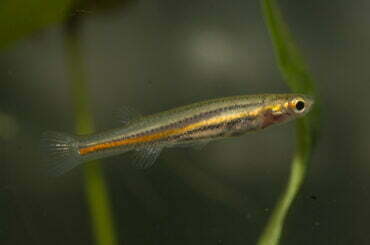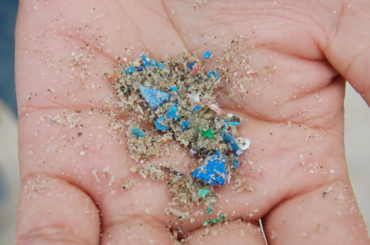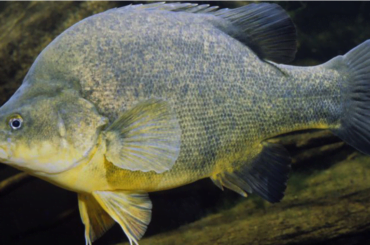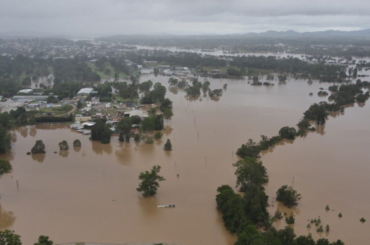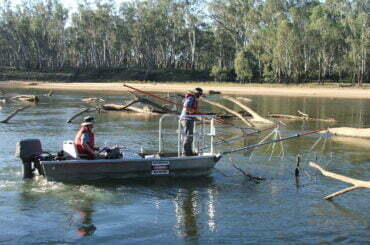Native fish in Australia are hardy, having adapted over millennia to live in one of the driest continents on Earth. However, research shows that even the hardiest of native fish species aren’t immune to the effects of human changes to natural environments. River regulation, in particular, alters aquatic ecosystems significantly, changing the natural environment and
Fish Movement Weirs and regulators in rivers and lakes can impede or block the movement of native fish, impacting their ability to migrate and move to suitable feeding or breeding areas. While all fish need to move around to some degree, ‘flow-specialists’ like Golden perch and Silver perch need to move along rivers as part
Australian bushfires are renowned for their unimaginable heat and destruction. The 2020 Black Summer bushfires were a reminder that it is not only the lives and urban ecosystems of human beings that are affected. The media cycle produced countless statistics and images of stranded, burnt wildlife, especially those found in our forests like koalas, kangaroos
Government agencies, local communities and First Nations representatives are exploring ways to help return the once iconic Murray cod to its former glory in the Darling-Baaka River between Bourke and Louth. The response comes after extended drought and resulting poor water quality had a devastating effect on native fish populations across the Darling-Baaka, with sampling
In Australia, there is an alarming number of declining fish species that are not formally declared as threatened under national legislation, despite global freshwater fish decline. There is limited knowledge on how to best protect fish species using conservation strategies and science is still developing. In the case of threatened galaxiids, the Arthur Rylah Institute
Microplastics are a global problem, infiltrating all levels of food systems and ecosystems. Now a multi-level governance issue, reaching across international, national and local scales, microplastics are most known for their impact on oceanic ecosystems, however, freshwater ecosystems are equally significantly impacted by plastics. Microplastics have been noticeably less researched in freshwater ecosystems compared to
Like many other important native freshwater fish species within the Murray Darling Basin, Golden perch (Macquaria ambigua) were immensely impacted by the 2018-19 fish kills in the lower Darling River. A 2021 study involving 18 researchers (by Zampatti et.al) looked into the species’ historical and current population demographics in the Darling River. The study provided guidance on how best to manage our
With a wet summer already here and more rain on the horizon, how will water managers and agencies within the Murray-Darling Basin be supporting rivers and fish populations this summer? This article will explore where responsibilities lie between water management agencies in the Murray-Darling Basin, what they will be doing to help native fish and
Australia’s Murray-Darling Basin, like many other catchments and basins globally, naturally fluctuates between periods of drought and periods of flooding, and has followed this pattern for more than 100 million years. Over time, its many native species have learnt and adapted to this pattern, so that the natural fluctuations between ‘boom and bust’ are now
In order to recover native fish populations, the Australian Government invests a significant number of resources, particularly regarding environmental water. In order to guide this investment, it is crucial to understand how and why fish populations vary. Although there is a considerable amount known about how different characteristics of populations impact population growth, less is
It is well understood that landscape modification (dredging) alters the condition of ecosystems and the seafloor terrain, changing the three-dimensional topography and terrain of fish habitat. Although the impacts of species translocation, habitat fragmentation and habitat loss have been well researched, the ecological impacts of dredging activity in estuarine and shallow coastal environments are sparsely
Barramundi (Lates calcarifer - also known as the Asian sea bass or the Giant sea perch) is a commonly angled, native Australian fish. Within Australia, Barramundi can be found along the northern coasts and inland rivers in Queensland, Western Australia, and Northern Territory. Looking globally, Barramundi have also left their mark as an introduced species
